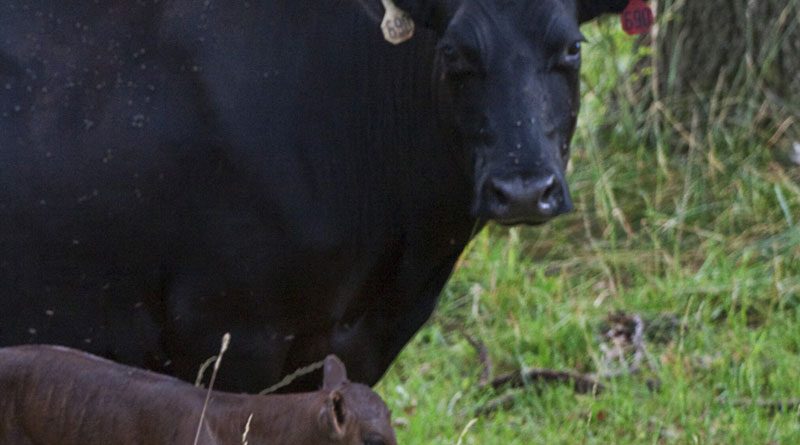Farmers, ranchers disappointed with COVID-19 funding
By Sean Feagan, Local Journalism Initiative Reporter
New federal spending measures were announced last week to help labour and supply disruptions in Canada’s agricultural sector. But those in the beef sector in particular say the money falls short.
On May 5, the federal government announced $252 million to support to farmers, ranchers, agricultural producers and food processors through several programs.
According to area rancher Jason Wilson, the roughly quarter billion dollars to be allocated across the country is a small amount when the size of the nation’s agricultural industry is considered.
“When one out of eight jobs in Canada are related to the agri-food industry – that (money) is nothing,” he said.
The federal funding has earmarked $125 million for beef and pork producers to cover the cost of feeding livestock beyond their typical slaughter date, due to a lack of processing capacity brought on by COVID-19.
Close to $77 million will go to food processors to provide personal protective equipment (PPE) for workers and increase processing capacity.
And $50 million is for the first ever Surplus Food Purchase program, where the government will buy excess food like milk, cheese, chicken and potatoes, that were going to be thrown away, and send it to food banks.
The latter program has Wheatland County Food Bank executive director Lynette Aschenbrenner feeling grateful.
“While we don’t yet know the details of how the program will work, we are encouraged to see the federal government taking the issue of food insecurity seriously as we cope with the pandemic impact on the economy and households across Canada,” said Aschenbrenner. “Canada will give us the details as the program evolves and I am confident it will benefit food banks across the country.”
Cattle producers frustrated
According to Bow River MP Martin Shields, one of the tough challenges particularly in this area is capacity to slaughter. “In the Strathmore area, there is a large number of feedlot operators that have a lot of cattle in them. Those animals are backing up six to eight thousand head a day with a diminished capacity due to COVID-19,” he noted.
The result for producers is increased costs from keeping the livestock while prices decline.
“Right now, we have a lot of cattle ready to go to the industry that produces the meat that we see on our grocery stores shelves – those animals should be gone,” he said. “There’s the feed cost, but the actual value has dropped so significantly that the loss will be huge when they are sold because there is such a backlog. Producers are desperate to keep those animals alive yet get them to the next stage in the food supply chain.”
And that supply chain is in trouble, added Shields. “Eventually that comes back to the consumer at the grocery store, through either shortages or higher prices.”
Wilson contends cattle producers are going to be “looking at the how the system works a lot harder.
“It’s time for producers, whether collaboratively or individually, to look at how to cut out middlemen and raise, feed, slaughter, package and even sell their products,” he said. “I believe it could be more cost-effective, and you will see more dollars in the pockets of those doing the work.”

